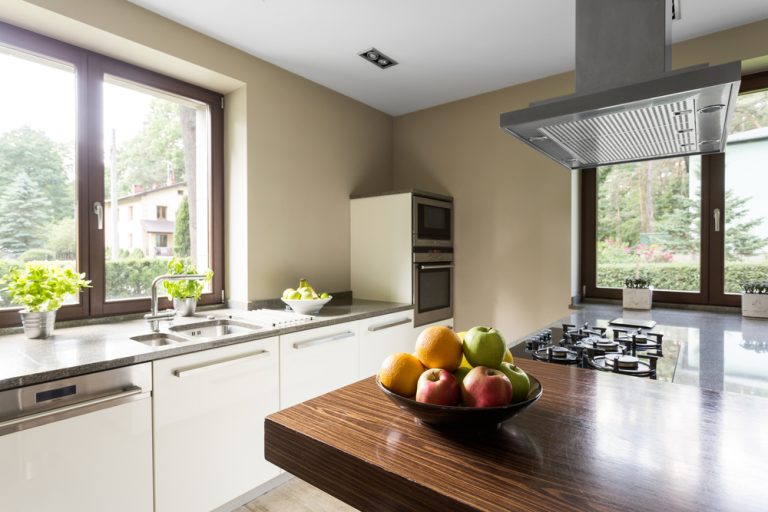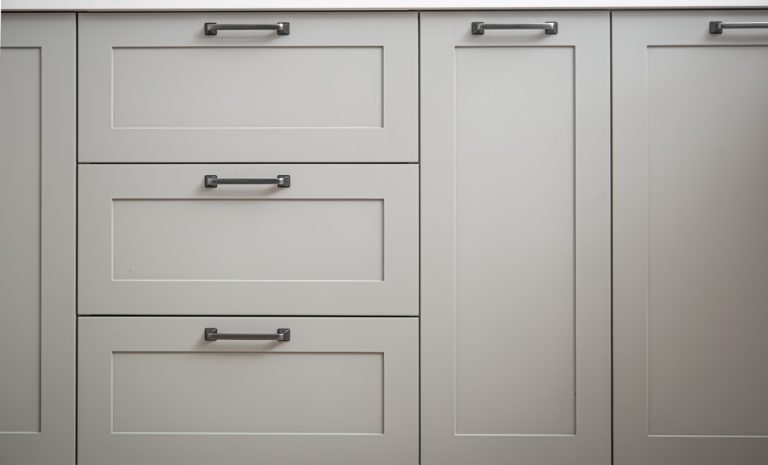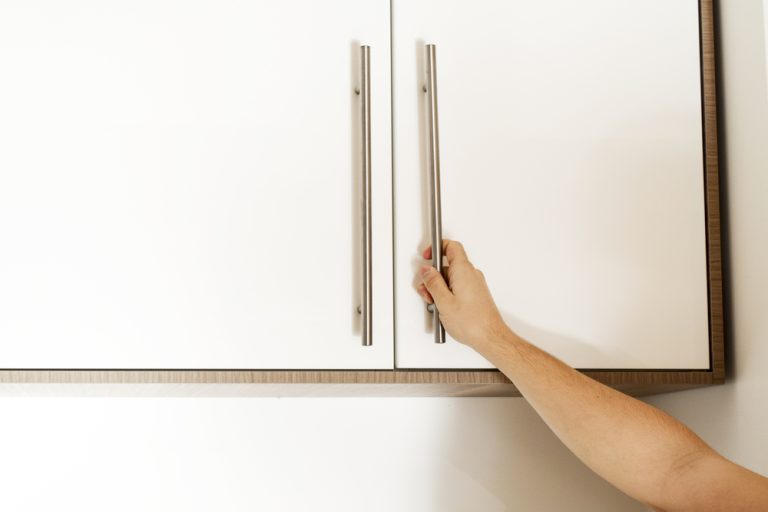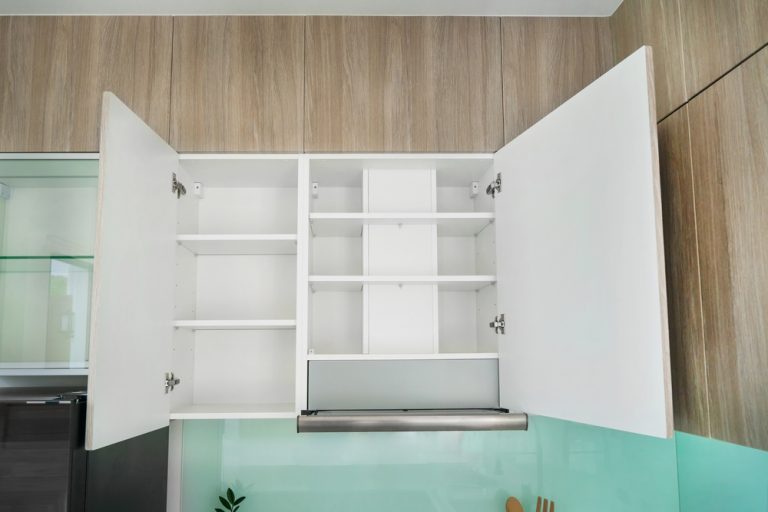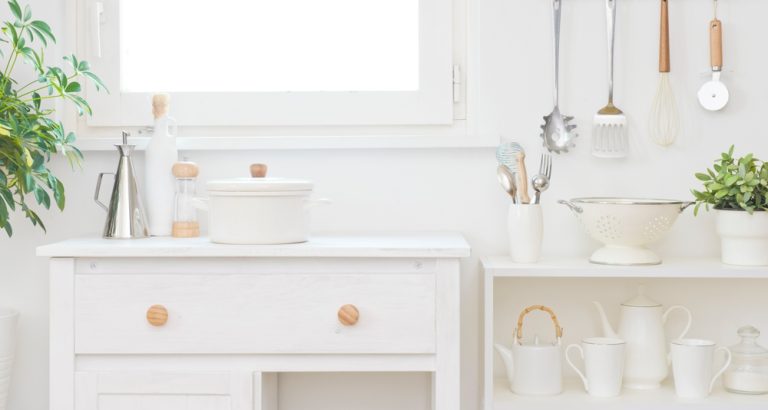How to Install Kitchen Cabinet Doors Evenly?
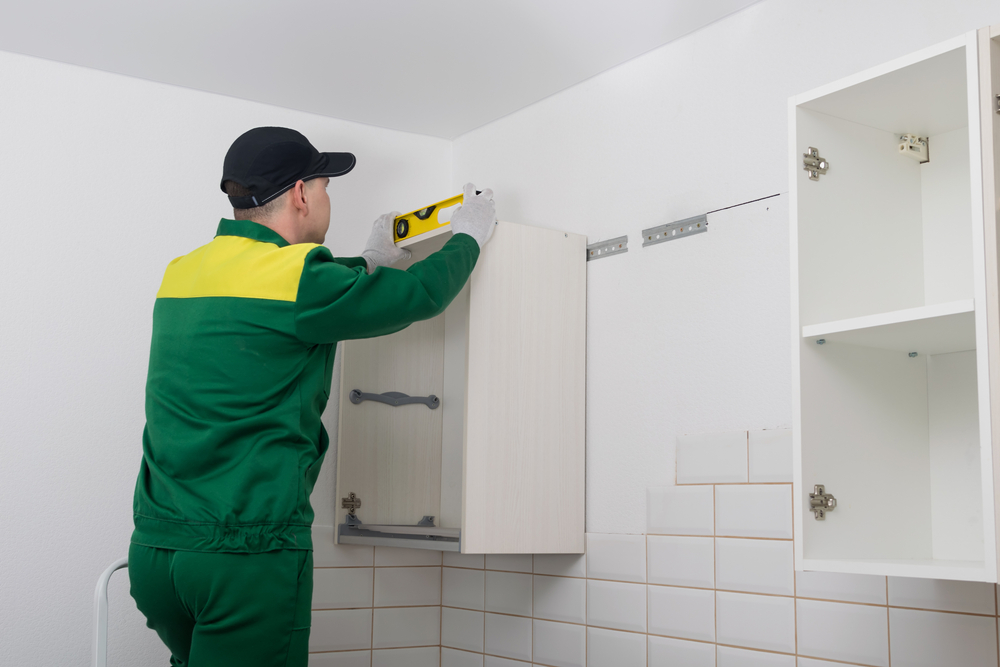
Installing kitchen cabinet doors is one of the most essential steps to achieving a polished, functional kitchen. Ensuring that the doors are aligned correctly is not only important for the overall appearance but also for the functionality of the cabinets. Uneven doors can cause a kitchen to look sloppy and can even affect how smoothly the doors open and close. So, how to install kitchen cabinet doors evenly?
In this guide, we’ll explore the steps and techniques required to ensure that your kitchen cabinet doors are perfectly aligned, leaving you with a professional-looking finish.
Why Proper Installation is Important?
Installing kitchen cabinet doors evenly is crucial for several reasons. Uneven doors can detract from the beauty of your kitchen and can make it difficult to access the contents of your cabinets. Additionally, misaligned doors can cause wear and tear on hinges over time, leading to functional issues.
A well-aligned kitchen cabinet door should open smoothly, close flush with the cabinet frame, and have even gaps between the doors and the frame. Learning how to install kitchen cabinet doors evenly can save you from having to make costly repairs later on and will improve both the aesthetics and function of your kitchen.
Prepare Your Workspace and Tools
Before you begin the process of installing kitchen cabinet doors, it’s important to gather the right tools and prepare your workspace to ensure a smooth installation. Here’s what you’ll need:
Tools and Materials:
- Screwdriver (or drill with appropriate bit)
- Cabinet hinges (typically concealed or European hinges)
- Measuring tape
- Carpenter’s level
- Shims (if needed)
- Pencil or marker
- Screws
- Cabinet door hardware (handles or knobs)
Clear out the area around your cabinets so you have room to move freely. Make sure all of your doors, hinges, and screws are readily accessible before you start. It’s important to have everything organized so that you can work efficiently.
Measure and Mark the Placement of Hinges
The first step to ensuring even cabinet doors is accurately measuring and marking the placement of your hinges. Whether you’re installing new cabinet doors or replacing old ones, properly aligning the hinges is key to a successful installation.
Position the Hinges
Start by determining where the hinges will be mounted on both the door and the cabinet frame. Typically, two hinges are used per door, but for taller cabinet doors, you may need three hinges for added support.
Measure the distance from the top and bottom of the cabinet door to ensure that both hinges are placed evenly. A good rule of thumb is to place the hinges about 3 inches from the top and bottom edges of the door. Mark the hinge locations with a pencil or marker to ensure accuracy.
Align the Hinges with the Cabinet Frame
Once the hinge positions are marked on the cabinet doors, use your measuring tape to mark the corresponding spots on the cabinet frame. Ensure that both hinge locations on the door and the frame align perfectly so that the door sits evenly on the cabinet.
Also Read – How to Brighten a Dark Kitchen Without Windows?
Attach the Hinges to the Cabinet Door
After marking the positions of the hinges, the next step in how to install kitchen cabinet doors evenly is attaching the hinges to the doors themselves. Be sure to follow the manufacturer’s instructions for your specific type of hinge, as different hinges may have varying installation methods.
Screw the Hinges to the Door
Hold the hinge against the door where you marked the placement earlier. Use a screwdriver or drill to attach the screws into the pre-drilled holes of the hinge. Tighten the screws securely, but be careful not to overtighten them, as this could strip the screws or damage the door.
Repeat the process for each hinge on the door. After attaching the hinges, test the movement of the hinge to ensure that it operates smoothly.
Hang the Cabinet Doors
Once the hinges are securely fastened to the doors, it’s time to attach the doors to the cabinet frame. This step requires careful alignment to ensure that the doors are level and evenly spaced.
Position the Door
Hold the cabinet door against the frame in the correct position. Use a carpenter’s level to check if the door is perfectly vertical. If the door is not level, you may need to adjust the position or use shims to help align the door.
Attach the Hinges to the Cabinet Frame
Once the door is in position, align the hinges with the corresponding marks you made earlier on the cabinet frame. Use a drill or screwdriver to attach the hinges to the frame. Tighten the screws until the door feels securely fastened, but don’t overtighten as this could cause the door to shift out of alignment.
After securing the door, step back and check the alignment. The door should sit flush against the cabinet frame and should have even gaps on all sides.
Adjust the Door Alignment
Even with careful measurements, it’s common for minor adjustments to be necessary after hanging the cabinet doors. Most modern hinges, such as European or concealed hinges, have adjustment screws that allow you to fine-tune the door’s alignment.
Vertical Adjustment
If the door is not sitting evenly along the top or bottom of the cabinet, use the vertical adjustment screw on the hinge to raise or lower the door. Make small adjustments, checking the alignment frequently to avoid over-correction.
Horizontal Adjustment
If the door is not sitting flush against the cabinet frame or if there’s an uneven gap between the doors, use the horizontal adjustment screw to shift the door slightly left or right. Again, make small adjustments and check for even spacing between the doors.
Depth Adjustment
Some hinges also have a depth adjustment feature, allowing you to move the door closer to or farther away from the cabinet frame. This is useful if the doors are not closing flush with the frame. Adjust the depth until the doors sit perfectly in line with the frame.
Install Cabinet Door Handles or Knobs
Once your cabinet doors are hung and properly aligned, the final step in how to install kitchen cabinet doors evenly is adding hardware such as handles or knobs. Proper placement of handles and knobs ensures that they not only look good but are functional as well.
Mark the Handle Placement
Using a measuring tape, mark the desired location for the cabinet door handles or knobs. For most cabinet doors, handles are placed about 2.5 to 3 inches from the bottom edge of upper cabinets and from the top edge of lower cabinets. Knobs are usually centered vertically along the door’s edge.
Drill Holes and Install Hardware
After marking the placement, use a drill to create holes for the screws. Attach the handles or knobs to the door and tighten the screws securely. Ensure that the handles are straight and aligned with the other hardware.
Conclusion
Knowing how to install kitchen cabinet doors evenly is key to achieving a polished, professional look in your kitchen. By carefully measuring hinge placement, attaching the doors securely, and making small adjustments as needed, you can ensure that your cabinet doors are perfectly aligned.
With the right tools and attention to detail, you’ll be able to complete this project with confidence, resulting in a functional and visually appealing kitchen.

